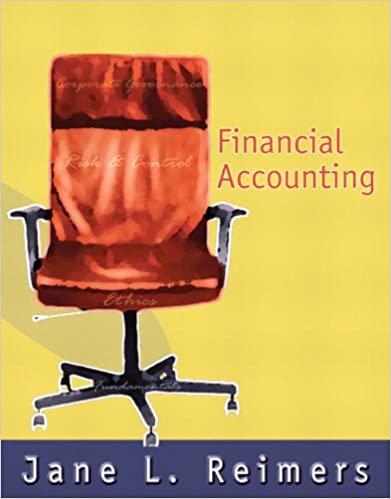THE FO ISWER THE NEAT NS: The Phoenix Company reported income before taxes of $370,000 for 2019
Fantastic news! We've Found the answer you've been seeking!
Question:


Related Book For 

Posted Date:




